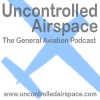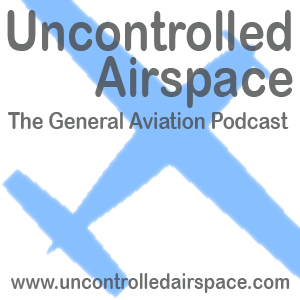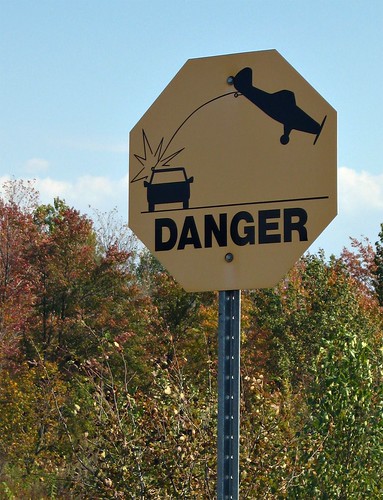==> ATTENTION PILOTS <==
ROUND ONE OVER--NO MORE SENATE CONTACT NEEDED, FOR NOW
My apologies for the e-mail exchanges we have been having this week,
but I did want to thank you for your tremendous response to yesterday's
message asking for immediate action in contacting your senator to fight
user fees. Let me assure you that your phone calls were very important
in disrupting the airlines' attempt to have user fees pass unopposed
by the Senate Commerce Committee. This committee is the first of nearly
a dozen political bodies that will weigh in on the FAA financing issue.
We lost a close vote by a margin of 12 to 11 on the Nelson/Sununu
amendment that would have struck the $25 air traffic modernization
"surcharge" from the Senate FAA funding bill. By early evening last
night, the after-hours Senate office voicemails were filled to capacity
by many of the more than 135,000 AOPA members who heeded our call to
action. Late yesterday afternoon, I was actually waiting to see a senator
in his office and watching and listening while his administrative staff
was answering your calls.
Eleven members of the Commerce Committee deserve special recognition from
pilots for their tremendous work in supporting the fight against user fees.
First of all, Sens. Bill Nelson (D-Fla.) and John Sununu (R-N.H.) did
excellent work in stepping forward to sponsor the amendment. Sens. Byron
Dorgan (D-N.D.), Mark Pryor (D-Ark.), Tom Carper (D-Del.), Kay Bailey
Hutchison (R-Texas), Olympia J. Snowe (R-Maine), Gordon Smith (R-Ore.),
John Ensign (R-Nev.), Jim DeMint (R-S.C.), and David Vitter (R-La.)
all supported the amendment.
On the other side, there were 12 senators who supported user fees:
Sens. John D. Rockefeller (D-W.Va.), Trent Lott (R-Miss.), Ted Stevens
(R-Alaska), Daniel K. Inouye (D-Hawaii), John F. Kerry (D-Mass.),
Barbara Boxer (D-Calif.), Maria Cantwell (D-Wash.), Frank R. Lautenberg
(D-N.J.), Claire C. McCaskill (D-Mo.), Amy Klobuchar (D-Minn.),
John McCain (R-Ariz.), and John Thune (R-S.D.).
Frankly, even this defeat sent a very strong message that AOPA members
do not support user fees for any segment of aviation! This is important
because we are still in the early stages. This bill will also need action
by the Senate Finance Committee before it reaches a vote by the full Senate.
Your hard work has been an impressive opening round, and we still have yet
to see any action in the House of Representatives.
By midday Thursday, May 17, you can access our full Web story
( http://www.aopa.org/whatsnew/newsitems/2007/070516amendment.html ).
More importantly, for those of you who made contacts of any kind, this
Web story will contain audio clips if your senator spoke on behalf of or
in opposition to the amendment.
This will not be the only time we call on you this year, but you have proven
that our highly targeted method of AOPA member contact is effective.
Thanks so much,
Phil Boyer
AOPA President
 UCAP Fodder
UCAP Fodder
 Here's the full text of an email we got a while back from listener Greg from KGAI with some suggestions about managing the cost of flight training.
Here's the full text of an email we got a while back from listener Greg from KGAI with some suggestions about managing the cost of flight training.
